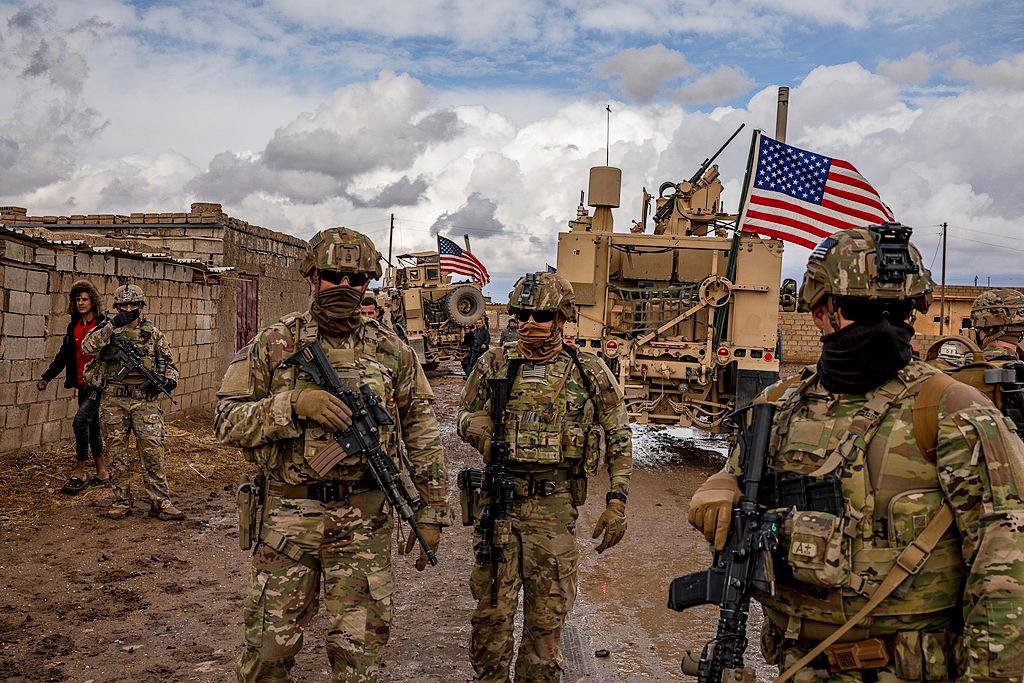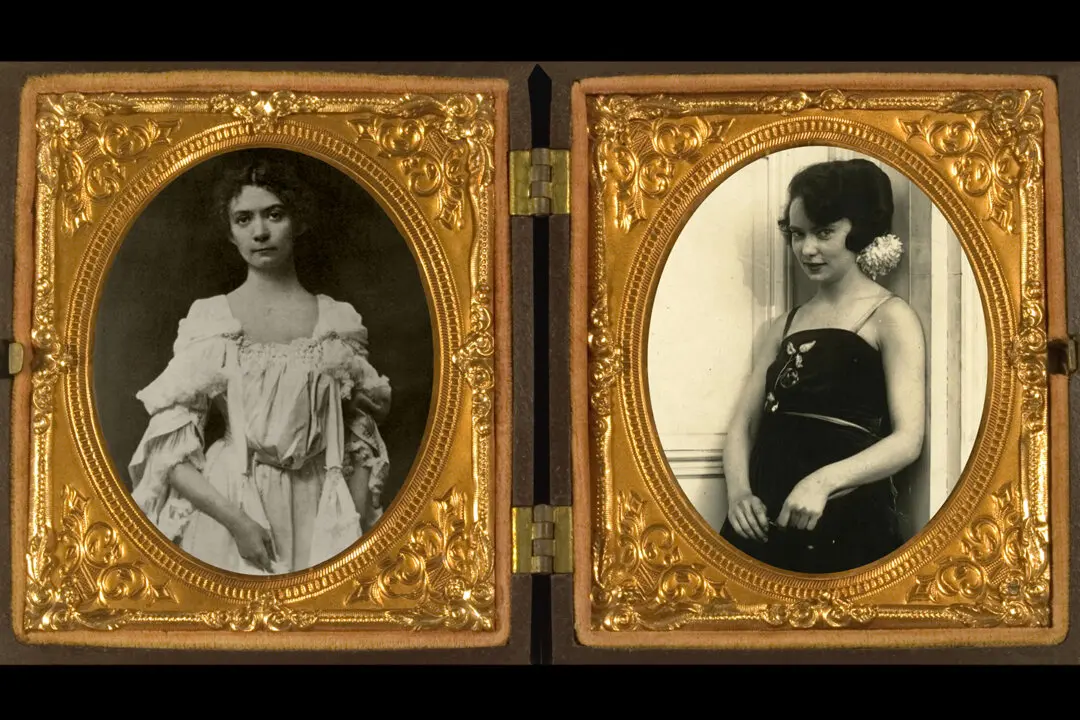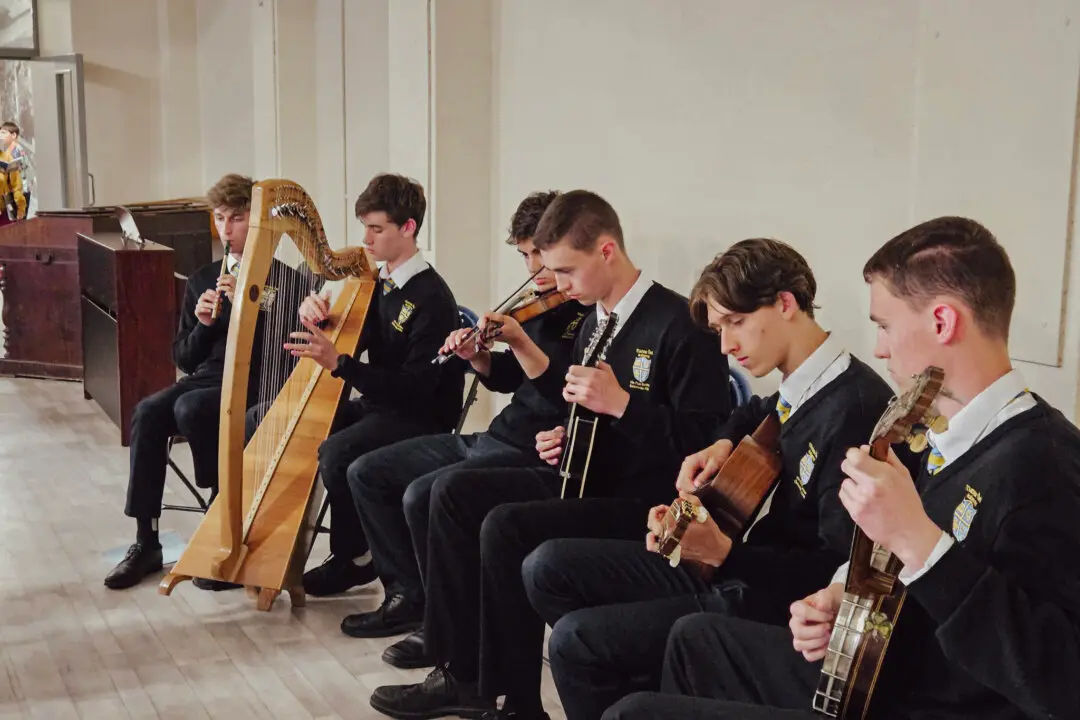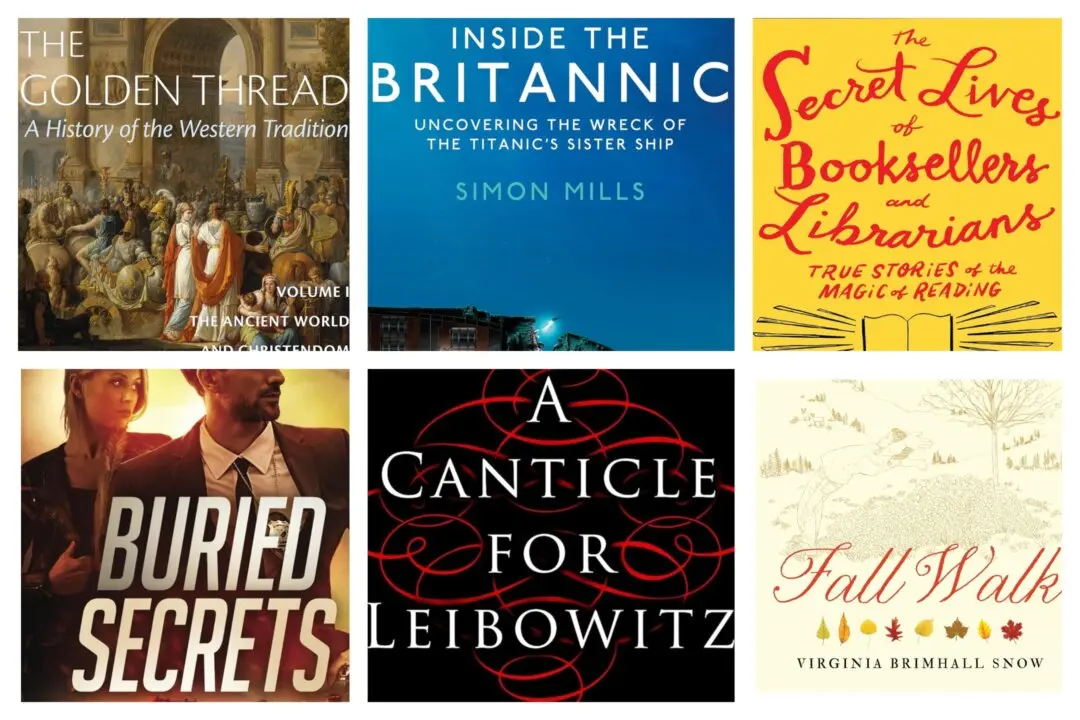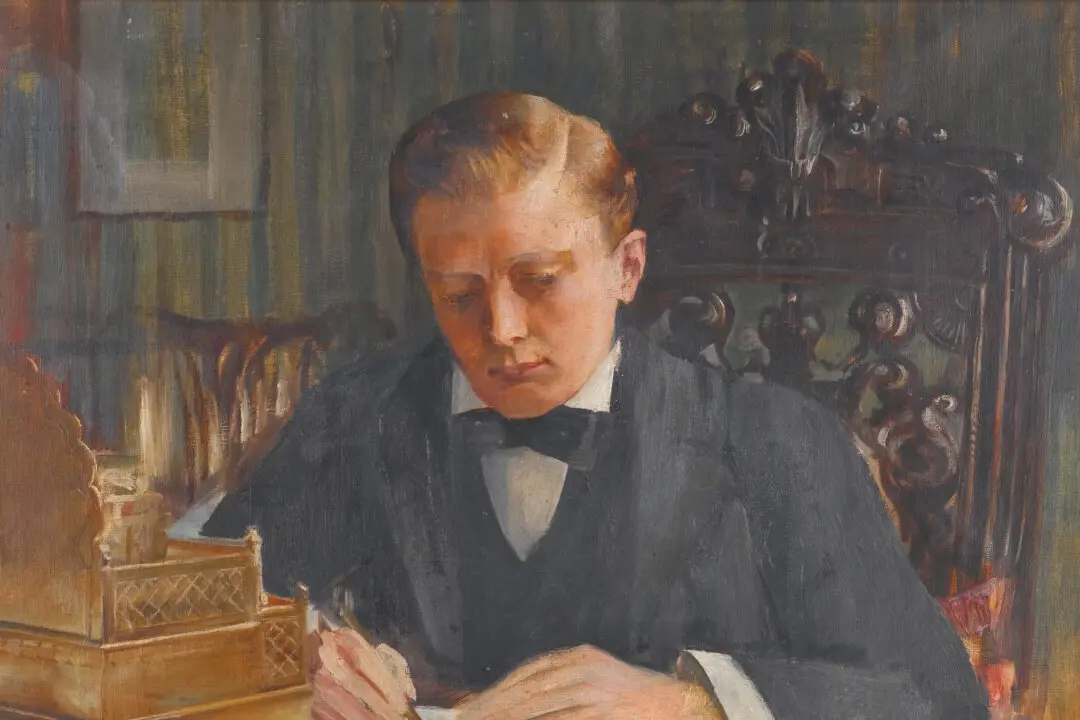The signature catchphrase of comedian Rodney Dangerfield was “I don’t get no respect.” Military historians in our universities might justifiably lay claim to that same line.
The academic world has long regarded military historians as outliers. In 2008, for example, U.S. News and World Report writer Justin Ewers wrote a column titled “Why Don’t More Colleges Teach Military History?” He reports: “For years, military historians have been accused by their colleagues of being, by turns, right wing, morally suspect, or, as Lynn puts it, ‘just plain dumb.’” Lynn was John Lynn, a professor of history at the University of Illinois, who had written a 1997 essay titled “The Embattled Future of Academic Military History,” an earlier jeremiad against the demise of military history in academia. As Ewers points out, other subjects—gender, class, race—attracted more professors of history than did war and diplomacy.

